Chinese Carmakers Lag Behind Toyota in Profit, Experts Say
 LienJul 11, 2025, 01:22 PM
LienJul 11, 2025, 01:22 PM
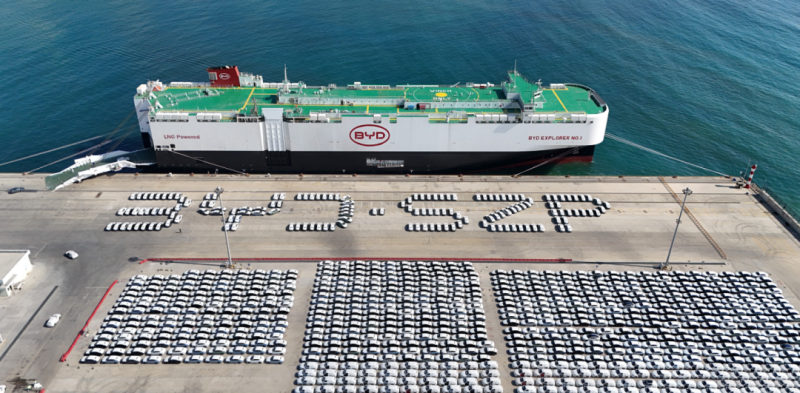
【PCauto】Although China produced and sold over 30 million vehicles last year, the industry's overall profit still lags far behind that of Toyota, which sold just 9 million units. According to Chinese experts, the average profit margin across China’s auto manufacturing sector is only 5%, reflecting deep-rooted challenges in pricing power and brand value.
Recent financial data tells the same story. In the 2024 fiscal year (April 2023 to March 2024), Toyota posted a global operating profit of $36.42 billion. In comparison, the combined net profit of 18 listed passenger car companies in China came to less than $12.56 billion after accounting for losses. That’s less than 40 percent of Toyota’s earnings, despite China’s much larger sales volume.

Toyota’s Profit Margin Doubles That of Chinese Carmakers
In the fiscal year 2024, Toyota reported 10.38 million automobiles sold worldwide, including Daihatsu and Hino models. Its operating profit margin climbed to 11.9%, driven largely by strong performance in North America. Full-size SUVs such as the Sequoia and premium models from Lexus helped boost per-vehicle earnings in the region by 21%. North America alone contributed more than half of Toyota’s total profit.
In comparison, Chinese automakers sold 26 million vehicles in 2024, generating $1.37 trillion in industry-wide revenue. However, the average profit margin fell to just 4.6%. BYD, one of the most profitable carmakers in China, reported a margin of 6.7%, still well below half of Toyota’s figure.
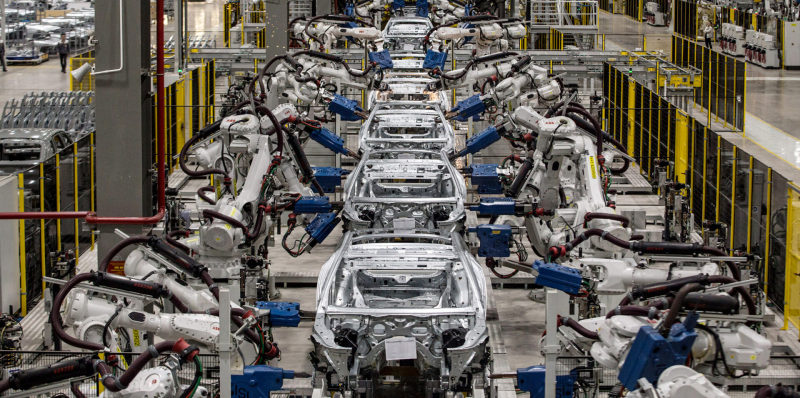
Toyota’s per-vehicle profit in North America reached the equivalent of about 17,000 MYR, with Lexus alone accounting for 35% of the group’s profit. By contrast, the average export price of Chinese vehicles stood at around or 85,000 MYR, roughly 44% lower than Japan’s. Even Zeekr, despite its premium positioning, remains priced below the median Lexus model in North America.
Toyota also gains a major edge from its hybrid technology. The THS-II system, protected by strong patents, allows Toyota to earn about 15% more per unit on hybrids than on battery electric vehicles. By 2024, hybrids are expected to make up 30% of Toyota’s global sales.
Toyota Nearly Controls the Entire Auto Supply Chain
Toyota independently manages over 90% of its supply chain. Its affiliates, Denso and Aisin, work closely together on research and development to cut costs of key components.
Chinese carmakers control about 70% of their supply chain. Batteries make up more than 40% of an electric vehicle’s cost. With lithium carbonate prices expected to rise by 20% in 2024, many Chinese automakers will see their profits shrink. BYD has lowered costs by 15% thanks to its in-house battery production. However, most other companies still face pressure from fluctuating raw material prices.
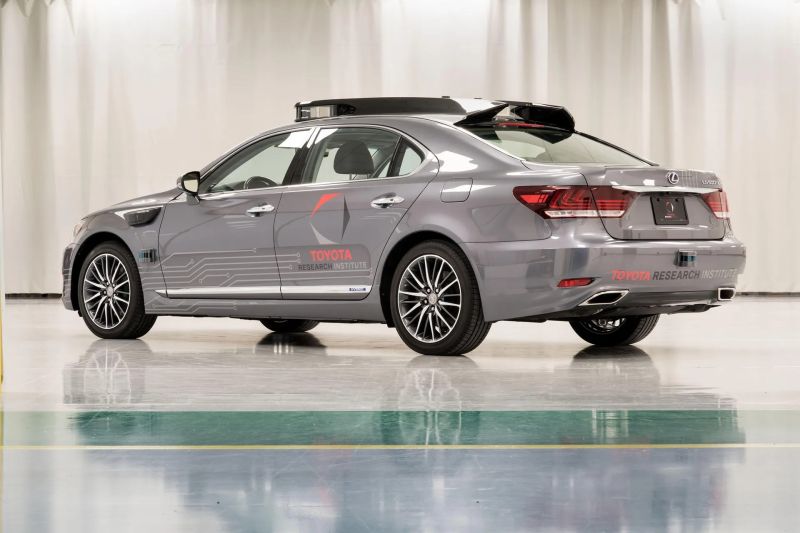
Another key reason is that Chinese passenger car plants run at about 60% capacity, which is much lower than the international average. For example, Japanese automakers operate at over 80%. This idle capacity raises fixed costs per vehicle and reduces profits.
Logistics costs also add pressure on Chinese exporters. Most rely on sea freight, which adds about 3% to 5% to the price of each car. In contrast, Toyota and others produce locally around the world to keep logistics costs near 1%.
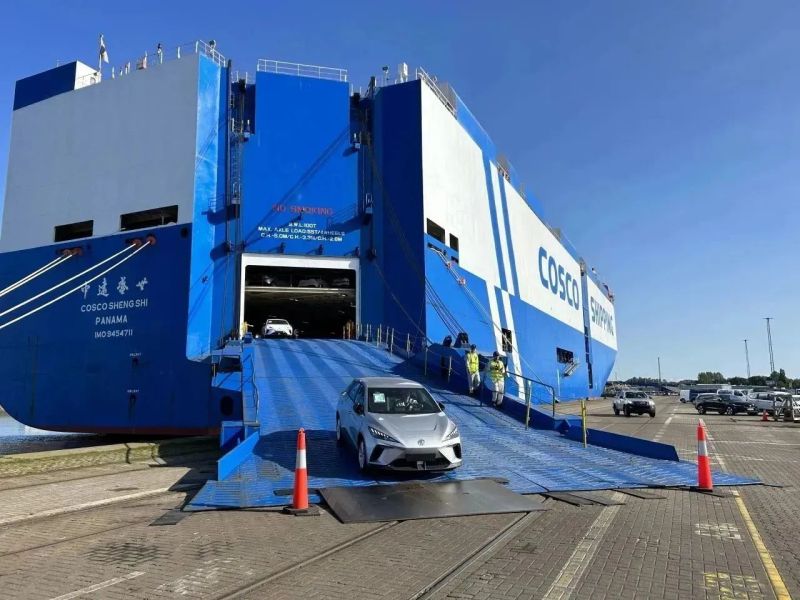
China’s Auto Industry Is Making Real Breakthroughs
BYD is creating new profit streams by supplying batteries to Toyota and Tesla. Its profit margin rose to 8% in the third quarter of 2024. Li Auto improved its gross margin to 22% through product updates. Meanwhile, HUAWEI AITO’s high-end models sell for an average of 380,000 MYR in China, showing strong potential in the premium market.
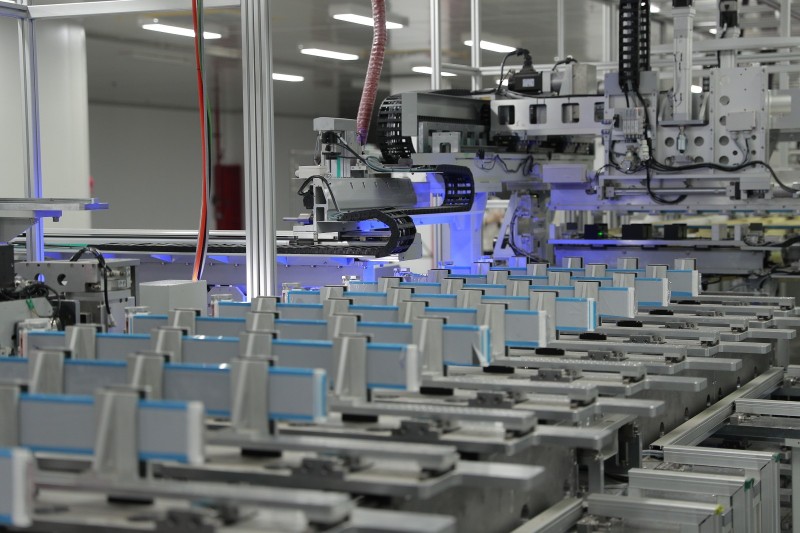
Chinese automakers are also growing their export business. In 2024, China shipped 5.86 million vehicles, up 19.3% from the previous year. For the first time, this surpassed Japan’s 4.22 million units, making China the world’s top car exporter.
Export volume from January to June 2025 reached 3.08 million units, up 10.4% year on year. Among these, electric vehicle exports hit 1.06 million, a 75.2% increase, making up 34.4% of total exports. Brands like BYD and GWM are using technology to boost their share of high-end models. The average export price per model has surpassed 161,500 Malaysian Ringgit.
For Chinese carmakers, electrification is now a key foundation for the auto industry’s growth. At the same time, smart technology and global reach are becoming important profit drivers. To boost their margins, Chinese companies are working on vertical integration of supply chains and setting up local production in various countries and regions.
If any infringement occurs, please contact us for deletion
Trending News

BYD Sealion 7 is not only cheaper than Tesla Model Y, what other differences do they have?
Is it better to buy the BYD Sealion 7 or the Tesla Model Y? This really makes one a bit hesitant, but before you make a decision, I recommend you take a good look at this article.

Toyota Land Cruiser FJ did not disappoint, the most anticipated civilian off-road vehicle is back.
Since its birth in 1951 under the name Toyota BJ, the Land Cruiser series has accumulated sales of approximately 12.15 million units in over 190 countries and regions worldwide, becoming a global off-road icon spanning more than 70 years.

2026 Toyota Hilux Travo released, the brand-new exterior and interior are highly anticipated
If you're considering buying a Hilux, honestly, the comprehensive innovations in the ninth generation are worth waiting for. While the current model might still have some advantages in terms of reliability and price, the new model offers significant changes in terms of exterior and interior luxury, tech features, and powertrain options.

In Malaysia, which sliding door MPVs are available?
The numerous advantages of sliding door MPVs make many people fond of this type of vehicle. However, MPVs are not a mainstream choice in the car market, so many people might not know which MPVs are available domestically.

Suzuki Fronx vs. Toyota Yaris Cross comparison, which one is more worth buying?
Compact SUVs are increasingly favored by consumers for their flexibility and fuel efficiency. Consequently, the Suzuki Fronx has also entered this market segment, attracting significant attention.
Popular Cars
Car Compare

